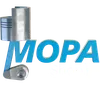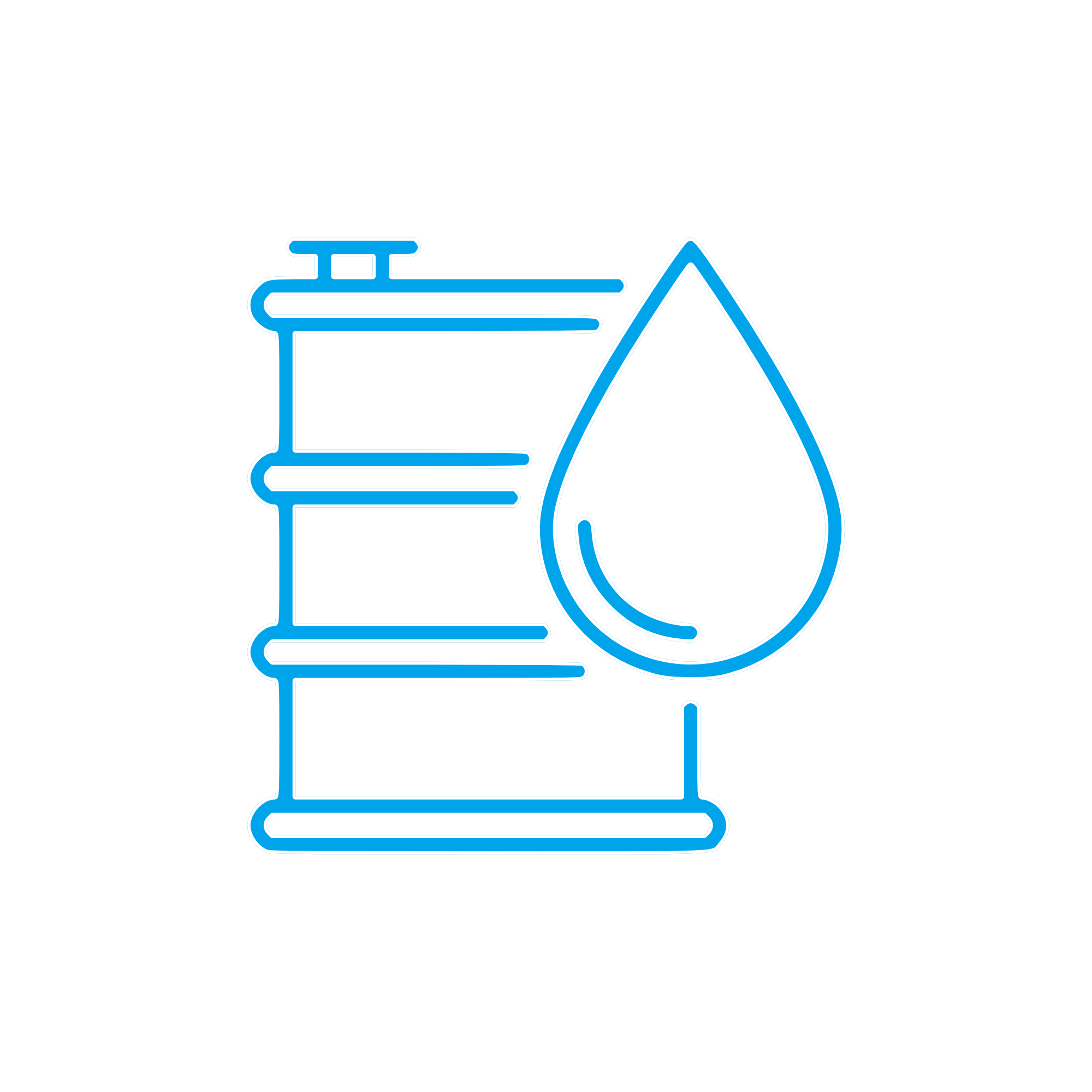ADHESIVE liquids, chemicals and adhesives for marine and diesel engines
Liquids, chemicals and adhesives are the invisible enablers of engine reliability. This category includes bonding and sealing compounds, threadlockers, cleaners, corrosion inhibitors, heat-transfer media, lubricants, and specialty fluids that keep assemblies tight, clean, cool, and protected. In marine engines and diesel engines alike, the right ADHESIVE and the right chemical formulation make the difference between a power unit that runs efficiently for thousands of hours and one that suffers premature wear, leaks, or unplanned downtime. From factory build to overhaul, these materials underpin dimensional stability, sealing integrity, and component longevity.
Technical function: how Liquids, chemicals and adhesives work with ADHESIVE in engines
Within an engine, every joint, fastener, and seal faces heat, vibration, and chemical exposure. Purpose-built compounds solve specific challenges:
• Anaerobic ADHESIVE threadlockers secure bolts and studs by curing in the absence of air, preventing loosening under torsional vibration. They are widely used on marine engine accessory drives, diesel engine main bearing caps, and pump flanges.
• RTV silicone and hybrid gasket makers create flexible seals that follow thermal expansion while resisting oil, fuel, and coolant. They replace or augment paper/metal gaskets on sumps, timing covers, and rocker housings.
• Structural epoxies and methacrylate adhesives bond brackets, sensors, and cable trays, providing high shear strength and enhancing assembly rigidity without adding weight.
• Sealants for fuel, oil, and coolant systems offer controlled permeability and chemical resistance, protecting against micro-leaks that lead to pressure loss and contamination.
• Cleaners, degreasers, and passivators prepare metal surfaces for reliable bonding and sealing, improving wetting and cure consistency while minimizing corrosion initiation points.
• Corrosion inhibitors and protective coatings guard cooling passages, liners, and housings against galvanic and crevice corrosion—critical in salt-laden environments.
• Thermal compounds and coolants facilitate heat transfer, stabilizing head and liner temperatures and reducing knock, varnish formation, and oil oxidation.
When correctly specified, an ADHESIVE for marine engine applications pairs with exact substrate metals and elastomers (e.g., cast iron, aluminum, nitrile, FKM), matching viscosity, gap fill, and cure speed to the joint design. For diesel engine overhauls, low-volatile ADHESIVE grades resist fuel swelling and high sump temperatures, while remaining removable at service intervals. In assembly lines and service workshops, using ADHESIVE with OEM parts compatibility ensures predictable torque-tension relationships, repeatable sealing lines, and traceable curing behavior across batches.
Key characteristics and advantages of Liquids, chemicals and adhesives
· Engineered cure mechanisms: anaerobic, RTV, epoxy, hybrid systems.
· Temperature resistance tailored to hotspots and cold starts.
· Proven chemical resistance to oil, diesel, biodiesel, LNG, and coolant additives.
· Vibration and shock damping that protects joints and interfaces.
· Controlled viscosity and thixotropy for precise application.
· Non-hardening sealants for serviceable assemblies; permanent grades where needed.
· Corrosion protection for ferrous and nonferrous alloys in marine atmospheres.
· Cleaners that improve surface energy and bond strength.
· Thermal management compounds that stabilize component temperatures.
· Compatibility with ADHESIVE OEM parts interfaces and common elastomers.
Importance for engine operation, performance, and safety
Reliable sealing and bonding support compression, lubrication, and cooling—the three pillars of engine health. If compounds are misapplied or degraded, several issues arise:
• Loss of clamping force from unprotected threads leads to misalignment, fretting, and eventual component failure.
• Micro-leaks in fuel or oil circuits reduce system pressure, elevate wear rates, and increase fire risk.
• Coolant seepage introduces air and deposits, driving localized hotspots, cavitation, and liner pitting.
• Poor surface preparation or wrong ADHESIVE selection causes premature gasket creep, blow-by, or bond failure.
• In marine environments, inadequate corrosion protection accelerates pitting and compromises sealing surfaces.
Over time, these small degradations multiply into higher fuel consumption, lower power density, and shortened overhaul intervals. Correctly matched liquids and ADHESIVE products preserve torque retention, maintain clean heat-exchange surfaces, and protect elastomers, extending service life and improving safety.
Advantages of OEM spare parts suitable for Liquids, chemicals and adhesives
Pairing the right compounds with OEM spare parts suitable for this category delivers measurable value in daily operation and over the lifecycle:
• Performance: Chemistries are validated against specific metals, coatings, and elastomers used in OEM parts, ensuring stable sealing lines, consistent torque-tension, and accurate heat transfer.
• Reliability: Documented cure profiles, batch traceability, and proven shelf-life management reduce variability and rework, especially for critical interfaces like fuel rails, turbo oil feeds, and liner seats.
• Budget control: Fewer leaks, longer intervals between retorques, and reduced consumable wastage translate directly into lower downtime and maintenance costs.
• Service life: Materials compatible with OEM parts minimize chemical attack, swelling, and embrittlement, protecting gaskets, seals, and housings for the long term.
In practice, this means selecting an ADHESIVE for diesel engine cylinder head bolts with specified breakaway torque and temperature rating, a coolant inhibitor package tuned to OEM metallurgy, and sealants approved for common fuels—including ULSD, biodiesel blends, or gas-engine condensates. The result is predictable assembly behavior and dependable operations offshore, in harbors, or on land-based generator sets.
ADHESIVE for marine engine and diesel engine OEM parts
Marine duty cycles include long, steady-state loads and salt exposure; diesel engines face high peak cylinder pressures and thermal cycling. Matching ADHESIVE and companion chemicals to OEM parts tolerances accounts for these realities—balancing cure speed for throughput, elasticity for gasket tracking, and chemical resistance for real-world fuels and lubricants.
MOPA as a partner for OEM spare parts Liquids, chemicals and adhesives
MOPA supplies OEM spare parts suitable for Liquids, chemicals and adhesives with a focus on speed, quality, and transaction security. Purchasers and technical teams gain rapid access to specified ADHESIVE grades, sealants, cleaners, and related components for diesel and gas engines, backed by professional documentation and reliable logistics. From single-item replenishment to project-scale refits, MOPA streamlines sourcing so your crews can maintain uptime and compliance without delays.
Conclusion
Liquids, chemicals and adhesives are fundamental to sealing integrity, torque retention, heat management, and corrosion control in marine and diesel engines. The right ADHESIVE and companion chemistries preserve performance, efficiency, and safety over long service intervals. Selecting OEM spare parts suitable for this category secures compatibility, consistency, and lifecycle value across your engine fleet.

